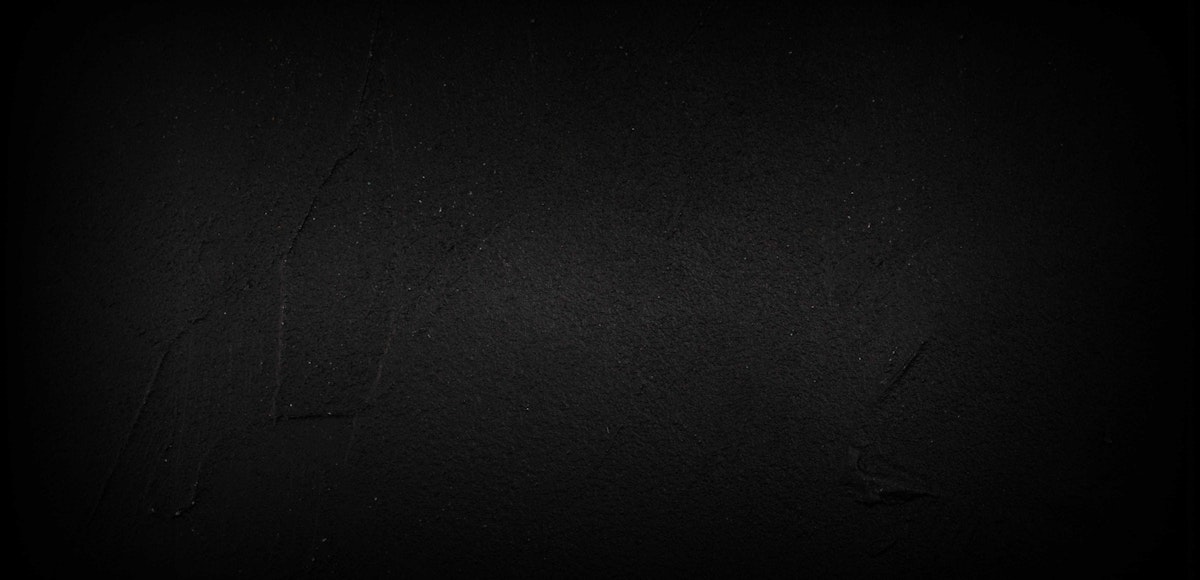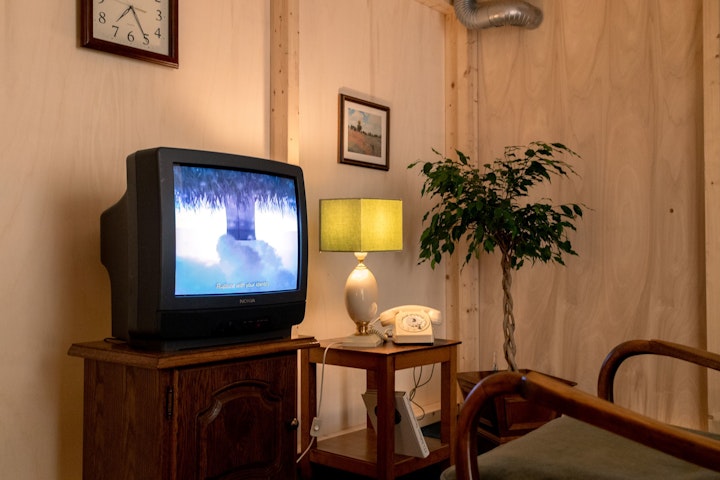
LEAP22 Lynn Klemmer
Lynn, in your work you question digital environments and our place in digital media. Will this also be central in what you display during the group exhibition?
During my residency at Casino Display I had the possibility to finally make larger sculptures and work with actual space, and not just with a computer. I had never had a studio of my own, I’ve always lived in small flats where I’ve slept and worked in the same room. Thanks to the residency, I got access to a new and different way of making art. It changed my practice and it’s something I will be able to explore further in the LEAP exhibition.
I will be showing What Fires Together Wires Together, a film about neuroplasticity, electricity and the magnetic field between images and meaning, that I finished last year. Along with this, there will also be new sculptures. The idea is to revisit the film so I can touch on other issues, namely electricity and energy as a material, invisible, technological, and social and political force. For me, LEAP is an opportunity to find new approaches. Showing something that nobody has seen before is a risk, but I feel like I am on a path, and I can’t put the brakes on now. For me, especially as a young artist, it’s more important to continue my development than to focus too much on the jury.
Are you changing your medium of choice and shifting from digital and film to more physical materials?
There’s a certain irony in exploring issues related to digital, technology, computers, and algorithms, because you end up criticising the things you employ to create. That’s why I also choose to work with other materials, especially fabric. I find that the fabric weaving creates a kind of grid, like what you find in a digital environment. There are similarities and I’m at a point where it is interesting to explore the physical world to express things that are related to digital.
At the same time, I’m careful not to make a strict distinction between the digital world and the real world, not to present them as two separate worlds. When we reflect upon technology and the virtual world, we also think in terms of how we perceive the real world.
The nature-technology dualism is also something I dwell on. When I started making conceptual art, I thought of them as two categories that reject each other. But technologies were created by humankind, they start with us, and we are part of nature. Inside computers there is an important component called motherboard, and it is always green. The name reminds me of Mother Nature… I find this association fascinating. (below: What Fires Together Wires Together, photos © Mathieu Buchler)
In which ways have you noticed your artistic practice evolve lately, apart from the media you use?
In Fortune Cookie and Head in the Clouds, which were about cookies on the internet and the materiality of the digital world, I had a more educational approach. I wanted to make something clear by explaining. Now, I create connections and tensions. I say things using my own language because I’ve realised that rather than trying to translate my ideas, I need to express them in a more direct and visceral way. I build atmospheres that people can understand by feeling them. You never know what someone will think when confronted with your work, but the atmosphere as well as the sensations it fosters is something that is essential.
Do you see LEAP as a step in your career?
A big step in my career was when I started presenting myself as an artist. I told myself: “You’re not a student anymore, you’ve had exhibitions, you’ve had a residency, you’re allowed to say that you’re an artist!” But I thought I was still too young, that I hadn’t really established myself as an artist yet… Starting to assert myself as such was a big change.
Being an artist means spending 50% of your time looking for exhibition spaces. The other 50% is creating the work. But I didn’t realise that straight away! That is one of the reasons why I applied to participate in LEAP: you should always plan ahead, prepare the future, that’s part of being an artist.






